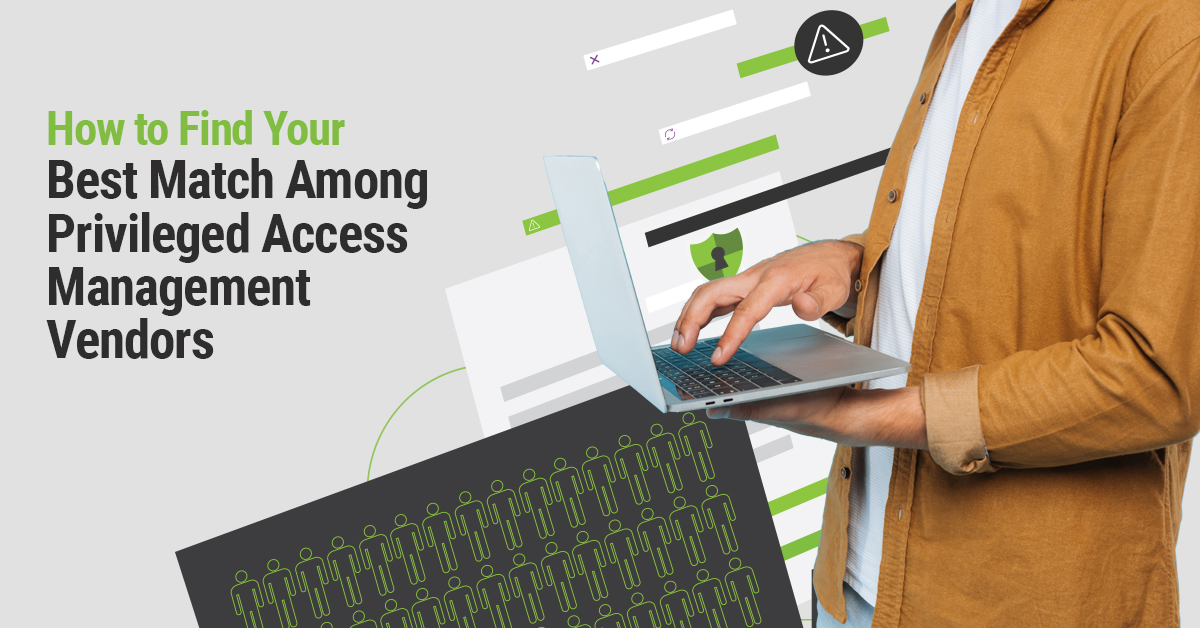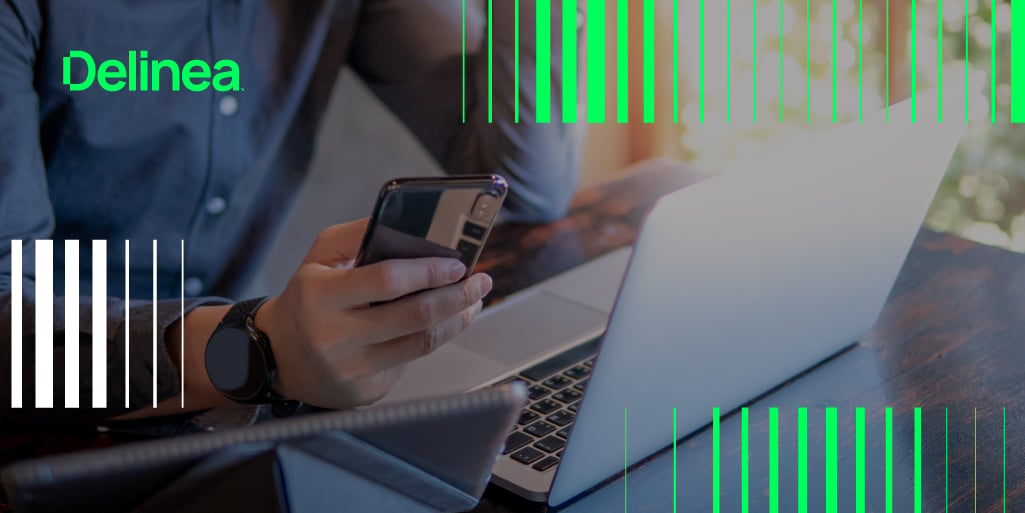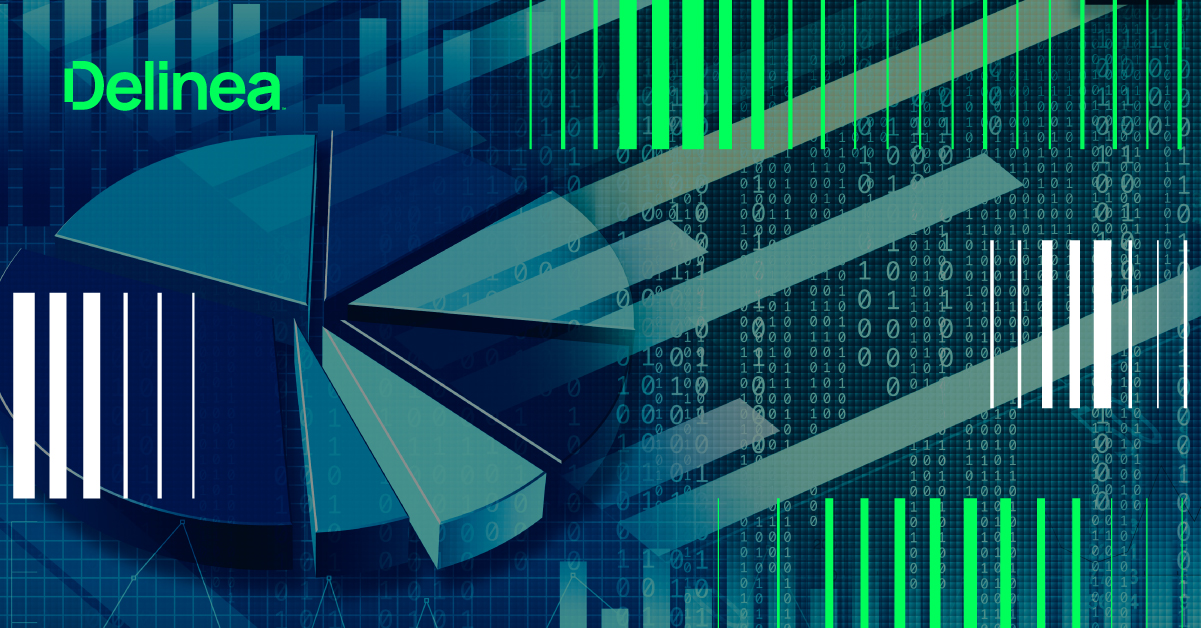A low price tag for PAM software doesn’t necessarily mean it’s the best overall value. Enterprise-scale PAM, like most software purchases, typically involves more than the initial license fee. Depending on your security goals, internal resources, and specific IT environment, you should anticipate additional costs when researching privileged access management pricing.
It’s important to identify the total cost of PAM ownership as clearly as you can prior to acquisition. Consider what you’ll need to spend over the first few months to get up and running, and over the coming years as your PAM program matures and evolves.
Make sure you aren’t surprised by hidden fees. The last thing you want to do is go “hat in hand” to your finance team to ask for additional, unexpected funding after your PAM project has already started.
Our PAM Total Cost of Ownership Checklist helps you ask critical questions and weigh all the cost factors so you can compare and budget before you invest in a PAM solution for your organization.


